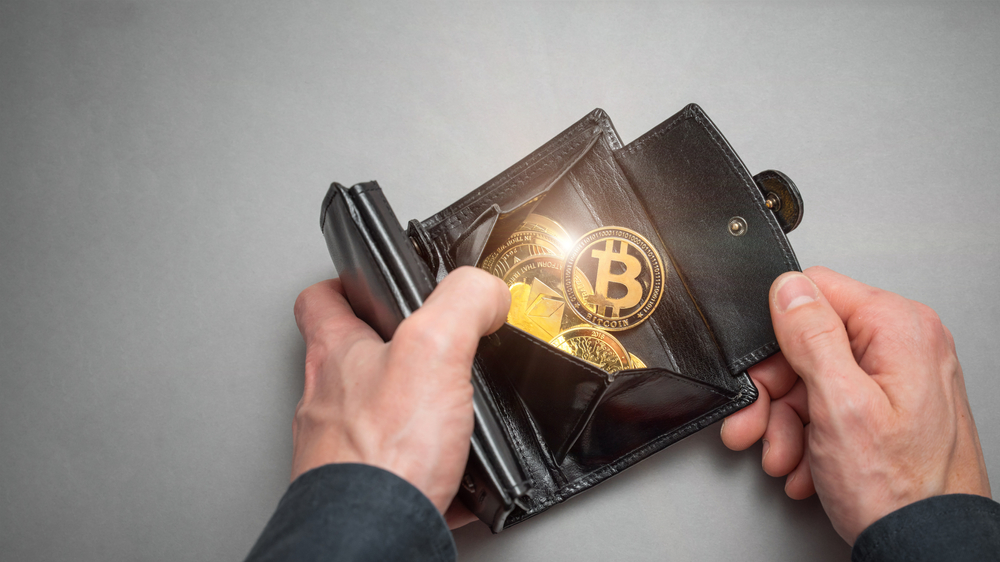Currently, Trust Wallet allows people to manage, store, and interact with digital assets. Some examples of elements that Trust Wallet supports are ERC-20 tokens alongside Ether, Solana, and nonfungible tokens (NFTs).
At present, this crypto wallet is available as a mobile application on various platforms. Besides, it is available as a browser extension.
Trust Wallet’s History and Development
Viktor Radchenko, a Ukrainian software developer, was behind the creation of Trust Wallet in 2017. He revealed that boosting crypto’s accessibility encouraged him to develop the wallet.
Radchenko also noted that he desired a means to store his tokens on the phone. Trust Wallet’s initial version was released two weeks after he started.
Trust Wallet was originally created as a simple wallet for preserving ERC-223 and ERC-20 tokens on Ethereum. Nevertheless, the expansion and diversification of the crypto market boosted its functionality, resulting in growth that supported extra blockchains as well as their tokens.
Binance acquired the crypto wallet six years ago. This event made it become the exchange’s official on-chain wallet.
The acquisition made it possible for Trust Wallet integration into Binance’s ecosystem and offered an on-chain mobile wallet to users. In addition, this acquisition made it possible for Trust Wallet to push on with developing by backing several blockchains, staking features, and decentralized applications (DApps).
Radchenko resigned as crypto wallet’s chief in 2022 to focus on his family. Eowyn Chen, ex-marketing Vice President at Binance, replaced him.
Last year, the crypto wallet collaborated with Ramp and MoonPay to offer users fiat off and on ramps, permitting the conversion to fiat directly within the application.
Features and Functions
Trust wallet provides numerous functions and features, making it a versatile tool for handling digital assets. It claims to back over 10 million tokens from over 100 blockchains, making it a comprehensive wallet.
Besides the basic wallet features such as receiving, sending, and storing digital assets, its incorporation with several decentralized exchanges permits users to trade and exchange cryptos directly within the application.
Trust Wallet features an built-in Dapp browser allows direct interaction with DApps from users’ wallets. This is especially beneficial for taking part in DeFi activities.
Trust Wallet lets users stake particular cryptos directly from their wallet, acquiring rewards as extra tokens. Further, the wallet backs the management and storage of nonfungible tokens.
Concerning security features, the application provides biometric authentication and an in-built security scanner that offers warnings regarding possibly risky transactions.
Requirements to Set up a Trust Wallet Account
The first step entails downloading the application from the Google Play Store or Apple App Store. Alternatively, a person can download the browser extension.
Following the app’s installation on the preferred device, a person is supposed to follow the prompts to make a new wallet. Afterwards, a 12-word recovery phrase is created and must be stored securely since it is the only means to recover access in case a gadget gets lost.
Users must enable biometric authentication, such as facial recognition or fingerprint, to boost security. In addition, they can set a passcode.
After the set up, a person can add cryptos in various ways. Such is possible by buying them via the app, moving them from an exchange, or receiving them from other wallets.
Trust Wallet Token (TWT)
In 2020, the Trust Wallet Token was introduced. Currently, it is the native utility token in the Trust Wallet ecosystem.
Its holders can take part in governance decisions, which affects the future of the platform by voting on several matters. TWT is available on Solana and the BNB Chain.
Risks to Utilizing Trust Wallet
Users are solely responsible for their private keys. Losing the 12-word recovery phase means losing access to the wallet and the funds in it.
Users should be wary of phishing attacks. Malevolent actors try to steal recovery phrases and private keys by posing as legitimate activities in this case.
Users should always ensure they are interacting with the Trust Wallet’s official application and website.
